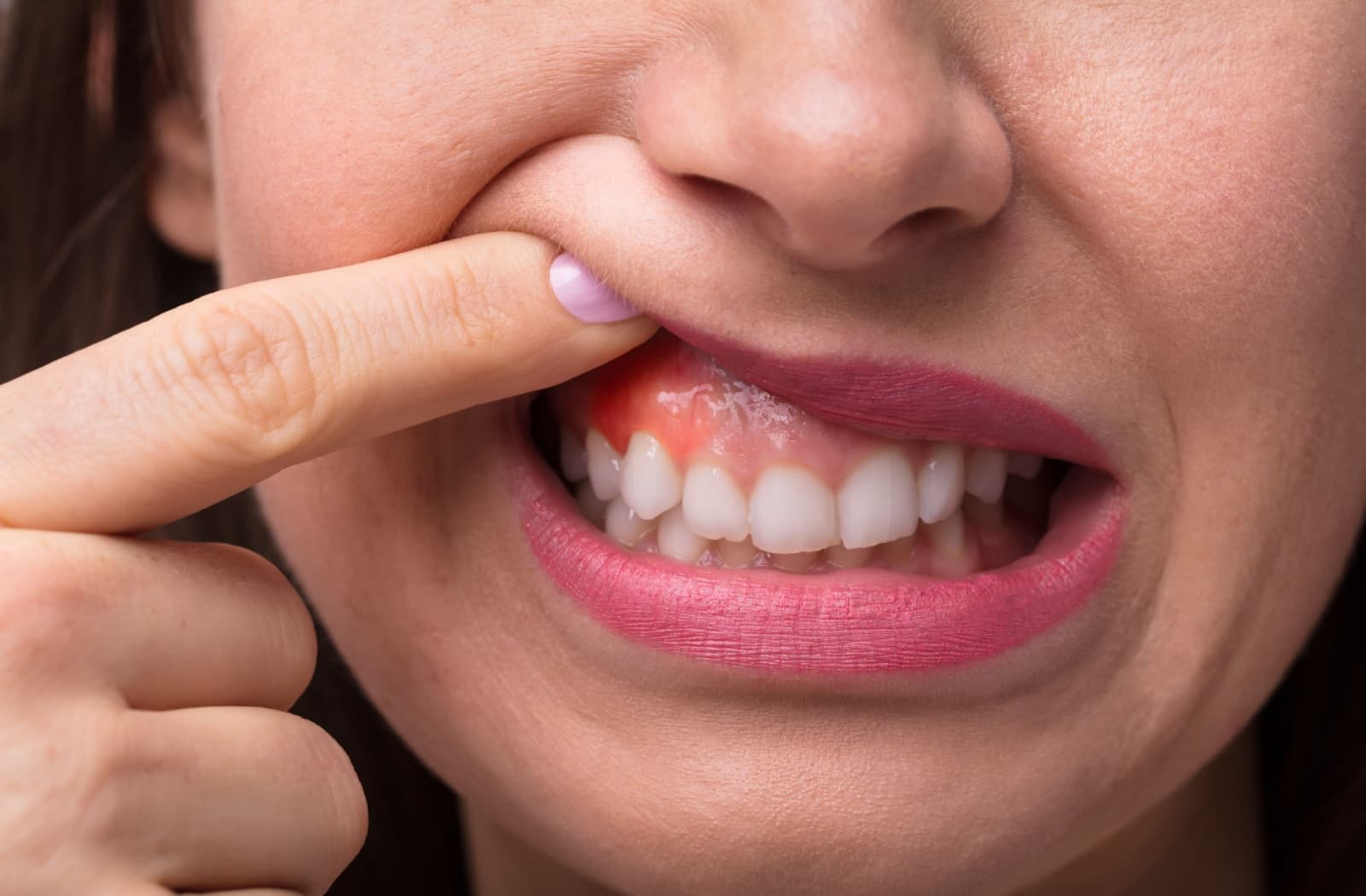Why Do My Gums Bleed When I Floss?
May 18, 2025

Flossing is one of the most important steps in maintaining healthy gums and teeth. However, if you notice a little bit of bleeding when you floss, you might be concerned. Bleeding gums can be normal when you start flossing due to sensitive gums or plaque buildup, but this can also occasionally signal underlying gum health issues.
You don't have to fear every time you see a bit of red on your floss. As long as you're regularly checking in with your dentist, you should have a clear image of your dental health.
Common Reasons for Bleeding Gums
Have you just started flossing recently or restarted after some time? It's common to see light bleeding if flossing isn't already part of a regular routine. Here's why:
- You're disrupting plaque buildup: Plaque that collects near the gumline can irritate and inflame gums, causing them to bleed when flossing pushes it loose. This is your gums’ way of showing that they're inflamed from bacteria.
- Your gums are adjusting: Inflamed or sensitive gums may initially bleed when you're getting into a routine. The good news is that with daily brushing and flossing, your gums will likely heal and strengthen over a few weeks.
However, persistent bleeding can be a sign of something more serious. Gum disease, vitamin deficiencies, or even hormonal changes may be at play.
Benefits of Flossing Regularly
Flossing is far more than just an extra step after brushing. Skipping this crucial part of your oral hygiene routine can leave harmful bacteria and food debris in areas your toothbrush can't reach. Here's why flossing is so essential for a healthy mouth:
- Removes harmful plaque and food particles: These hidden culprits can cause cavities, bad breath, and gum inflammation if left untouched.
- Prevents gum disease: Flossing helps reduce your risk of gingivitis and periodontitis by keeping bacteria balanced and preventing tartar buildup.
- Supports whole-body health: Research has linked gum disease to serious health conditions like heart disease and diabetes. By taking care of your gums, you're contributing to your overall wellness.
Making flossing a daily habit is an easy way to enjoy healthier gums, fresher breath, and a brighter smile.
Mastering the Art of Flossing
Flossing is generally pretty easy, but there is a proper technique you can use to maximize cleaning and minimize bleeding. Follow these steps to get the most out of your flossing routine:
- Use enough floss: Start with 18 inches of floss and wrap it around your middle fingers, leaving a small section to work with.
- Hold securely: Pinch the floss tightly between your thumbs and index fingers, guiding it gently between your teeth.
- Curve it around each tooth: At the gumline, form a C-shape with the floss and carefully slide it beneath the gumline. Use an up-and-down motion to clean the surfaces.
- Switch sections: Use a fresh section of floss for each tooth to avoid spreading debris or bacteria.
- Be gentle: Avoid forceful movements that can harm your gums or cause discomfort.
By flossing properly, you can reduce gum irritation, remove more plaque, and build healthier habits.

My Gums Are Still Bleeding
If your gums continue to bleed even after a few weeks of consistent flossing, it's worth addressing the potential underlying causes. Here are some common reasons why bleeding might persist:
- Gingivitis: Inflamed and bleeding gums are often early indicators of gingivitis. Without treatment, this condition may escalate to periodontitis, a more serious gum disease that can lead to tooth loss.
- Hormonal changes: Certain life events, including pregnancy, menopause, or menstruation, can temporarily increase gum sensitivity and bleeding.
- Vitamin deficiencies: Low levels of vitamin C or vitamin K can weaken gum tissue. Adding vitamin-rich foods like citrus fruits and leafy greens to your diet may help.
If you notice regular bleeding, schedule a dental checkup sooner rather than later. Your dentist can pinpoint the exact cause and provide solutions to improve your gum health.
Alternatives to Traditional Flossing
Traditional floss isn't the only way to keep your gums and teeth healthy. If floss feels difficult or awkward to use, here are some alternatives that might work better for you:
- Floss picks: These handy tools make flossing more accessible, especially for beginners, by combining floss with an easy-to-grip handle.
- Interdental brushes: Designed for cleaning larger gaps between teeth, these brushes scrub away plaque while massaging the gums.
- Water flossers: Using a controlled stream of water to clean along the gumline, these devices are great for people with sensitive gums, braces, or dental appliances. However, They are not a replacement for flossing.
The important thing is to find a method that works for you and stick to it consistently.
When to Seek Professional Advice
Some level of bleeding is natural when starting a new flossing routine, but ongoing or heavy bleeding should never be ignored. Persistent bleeding might indicate more severe issues like advanced gum disease or health conditions. You should visit your dentist if:
- Bleeding doesn't improve after several weeks of flossing.
- You notice swelling, tenderness, or bad breath.
- You have difficulty flossing due to pain or sensitive areas.
Routine dental cleanings and exams every 6 months are your first line of defence against tartar buildup and gum disease. A professional cleaning is an opportunity to remove hardened tartar that even regular brushing and flossing can't tackle.
Invest in Your Gum Health
Healthy gums are the foundation of a healthy smile. Don't worry if you notice a bit of bleeding at first while flossing. With regular care, proper technique, and support from your dentist, you can maintain strong, healthy gums.
Not sure where to start? Book an appointment with Westwood Dental today to take control of your oral health. Our friendly team is ready to provide personalized care that keeps your family's smiles bright and your gums happy!